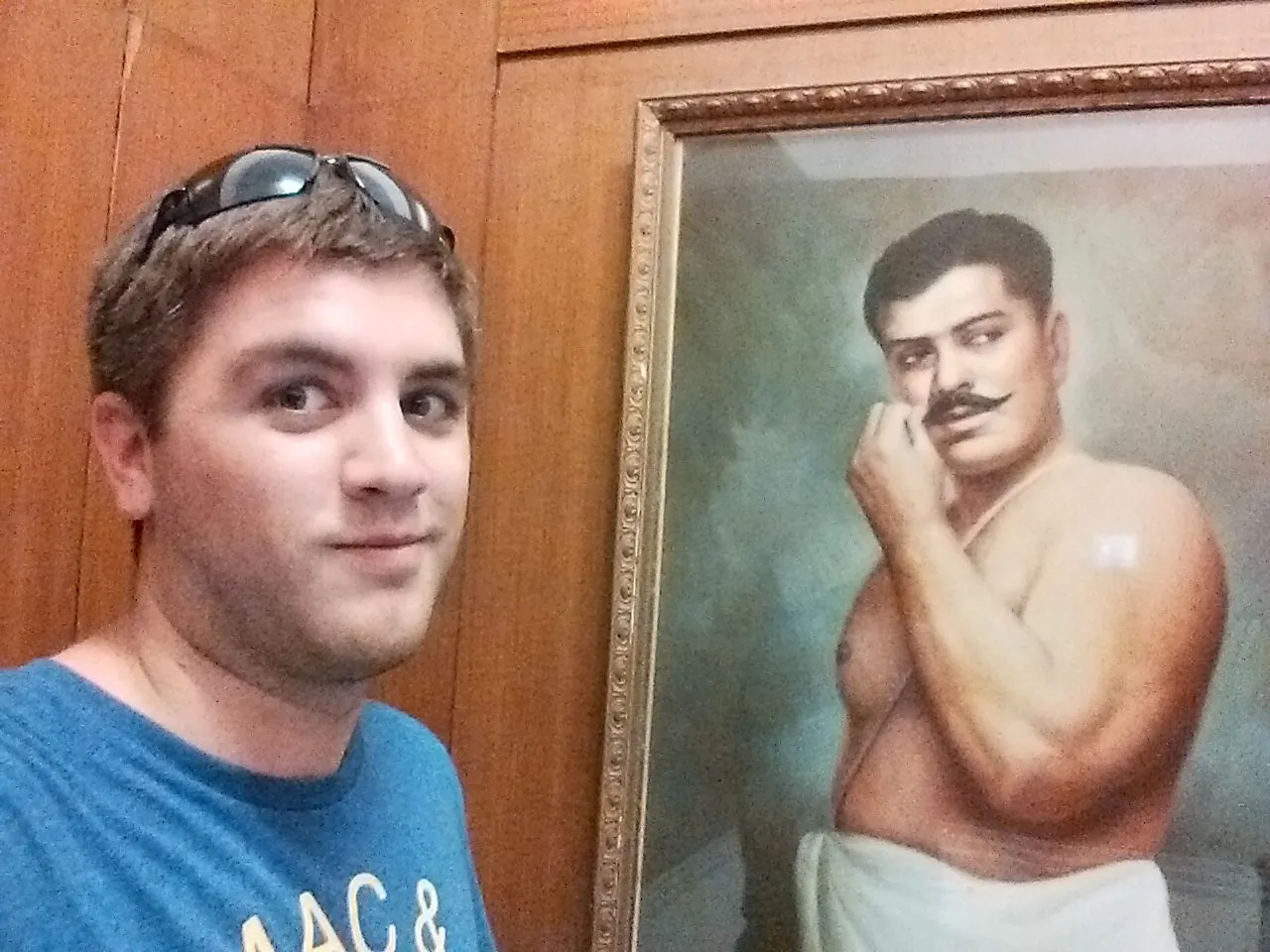I liked to post in the Friday fun threads what video games I've been playing recently. Sometimes I recommend the games, and sometimes I ask for recommendations.
I've always enjoyed talking about video games. But themotte has made me picky over the years. Its not just talk that I want. It is thinking, understanding, and discussion of video games that interest me. Video games are mostly a mental activity for me, and so diving into a mental discussion about them often enhances my enjoyment.
I didn't post in the Friday fun thread about what I've been playing, so I'll post now. And I'd like to know what others are playing.
The post I would have written:
This week I've been hooked on factorio (again). I've done many playthroughs of this game. A few vanilla playthroughs (some multiplayer and some not). A krastorio 1 mod playthrough. A few different attempts at the bob's, angels, and seablock mods (never could get into them, too much work, and not enough reward). A krastorio II and space exploration playthrough.
This week though I have been playing with just the space exploration mod. There has been some hints in blogposts that factorio might have an expansion, and that the expansion might be related to the space exploration mod. I thought I'd try and wait for that expansion. But my patience has failed me.
Playing space exploration without the krastorio II mod has been surprisingly way more different than I would have expected. The major difference in my mind is that krastorio II makes the starting world gameplay last too long, and gives too many advantages. I never thought this would be a real problem, but I've never managed to truly beat a space exploration game before. And I realized part of the problem is that krastorio II ties you to the homeworld too strongly. While space exploration on its own forces you off planet just for the sake of some quality of life improvements. For example, you have to go to space in order to get the logistics network chests. The tech is not unlockable based on ground items alone. I don't remember if krastorio II mod combination forced me to go to space, but I do remember that the belt inserters made so many logists aspects so much simpler that the need for drone based logistics didn't seem as pressing. There were also special ground based fabricator buildings for Krastorio II that were larger and much faster (matching the space based ones). But with just the space exploration mod I'm realizing there is an intentional difference. Either you can choose land based production to get productivity bonuses. (and usually the first steps in refinement for special resources). Or you can choose space based production for speed bonuses.


Jump in the discussion.
No email address required.
Notes -
I haven't played Factorio in a while, but I'd like to submit my pitch for Industrial Revolution 2. It expands and improves on vanilla gameplay in a number of ways.
IR2 inverts a crucial dynamic from the original game.
In vanilla, science costs are everything. The cost of your actual base - in material, in assembler throughput - is a rounding error compared to the titanesque costs of making hundreds of little colored bottles.
In IR2, science is cheap, or at least comparable to vanilla. But infrastructure is 5-10x more expensive and complicated. So the dynamics of the game shifts away from giant buses and towards big beautiful malls.
In vanilla, there is really only one power distribution medium: electricity. There is the embryo of a second power distribution medium in the form of coal lines feeding furnaces, but the final solution to the furnace question is easy to work out, and indeed everyone is using the same design. Steam trains are a curiosity and mostly unworkable.
IR2 keeps coal lines, but it also adds a new early-game power distribution story in the form of steam, carried through pipes. Designing with colony-wide steam distribution brings a number of new problems and solutions that you wouldn't encounter just in vanilla refinery design.
In vanilla, there is one way to smelt. IR2 has three, with accelerating efficiency: vanilla smelting, crushed ore smelting, and washed ore smelting. Crushed ore is available fairly early; washed ore coincides with the time you want to centralize your smelting. (I've designed a poly-ore washing and smelting setup with rate-limiting before, it was a great challenge.)
The IR2 recipe graph has byproducts.
The vanilla recipe graph also has byproducts, in particular from oil refining. And that makes for interesting designs! But the IR2 recipe graph has many more, and some of the byproducts participate to cycles in the recipe graph, leading to integrated multi-product lines. It's neat.
The average well-designed vanilla base looks like a main bus with long production lines sticking out on either side (or on only one side in some designs).
This is by necessity. When you need 10+ assemblers for every product to get decent scale, an orderly rectangle of stacked production lines is the only way to get anywhere.
IR2 by and large does not require long production lines. I am a big fan of Seeing like a State, so I appreciate that spaghetti is actually a competitive design strategy all the way into purple science.
This extends to trains, by the way. One or two cargo wagons is all you'll need until fairly deep into the game. This enables designs using e.g. dense city blocks, a design I'm fairly proud of.
More options
Context Copy link